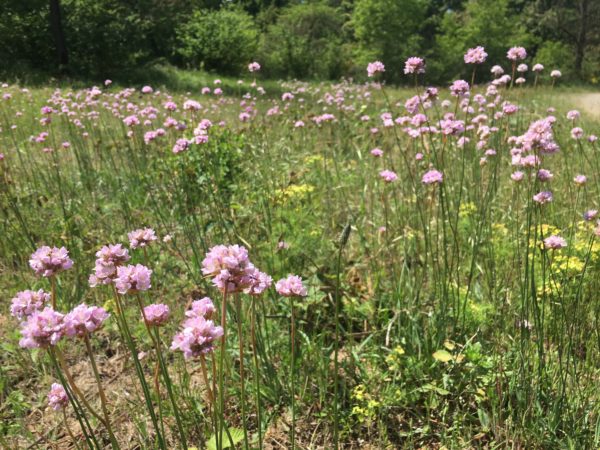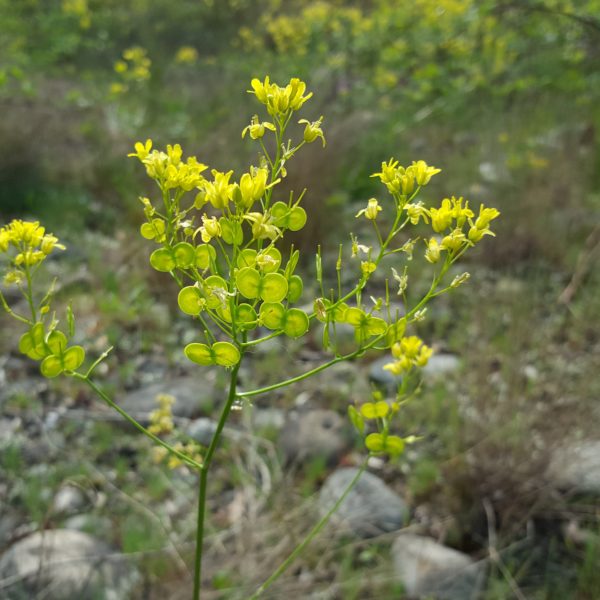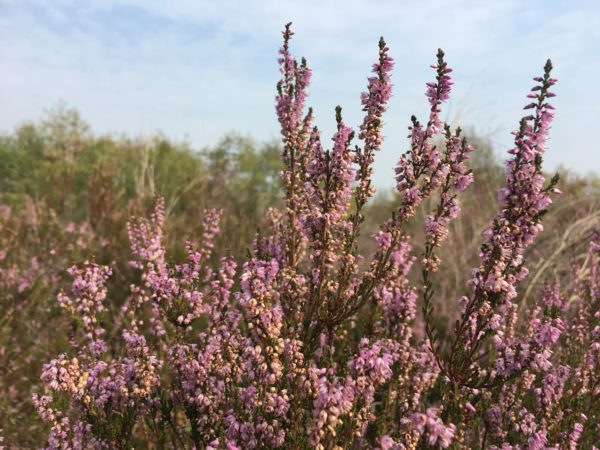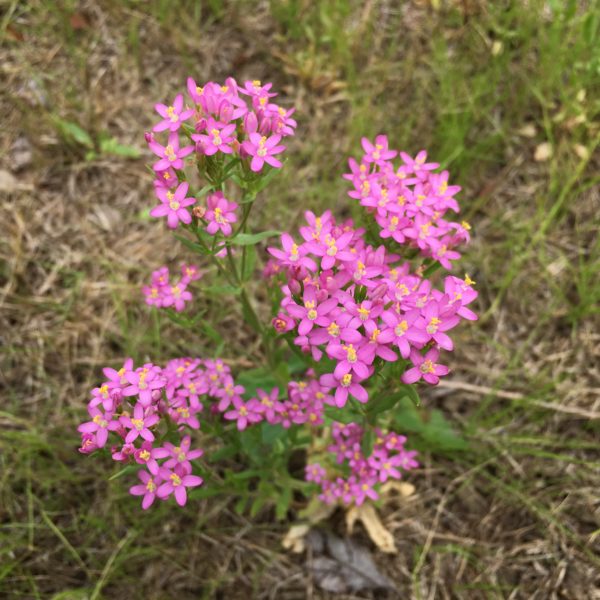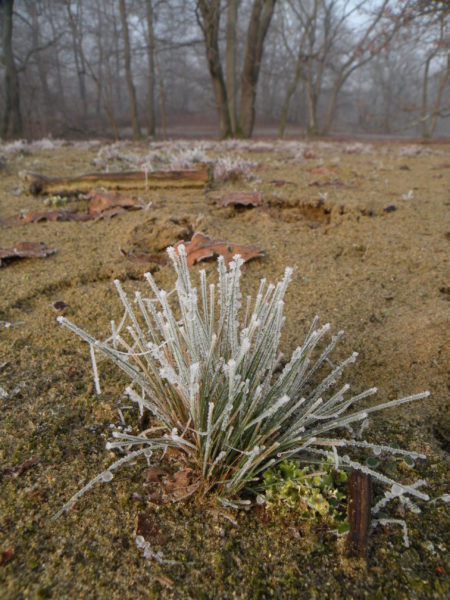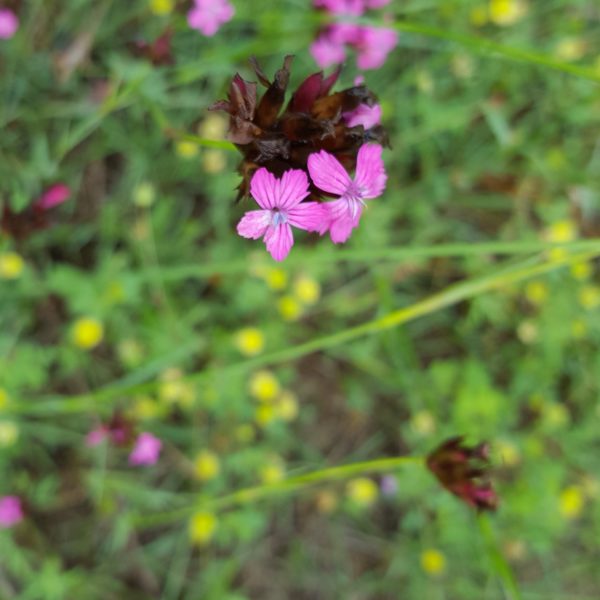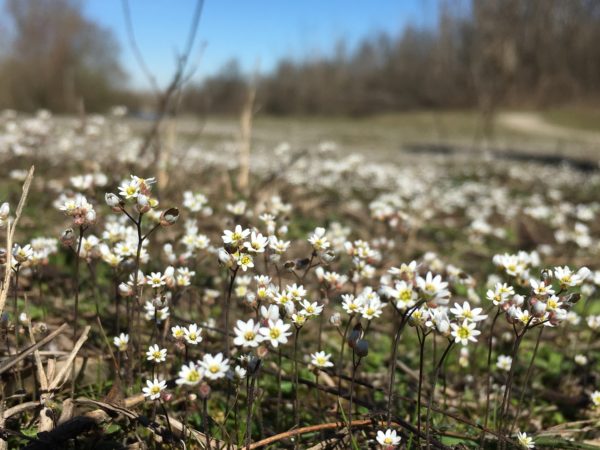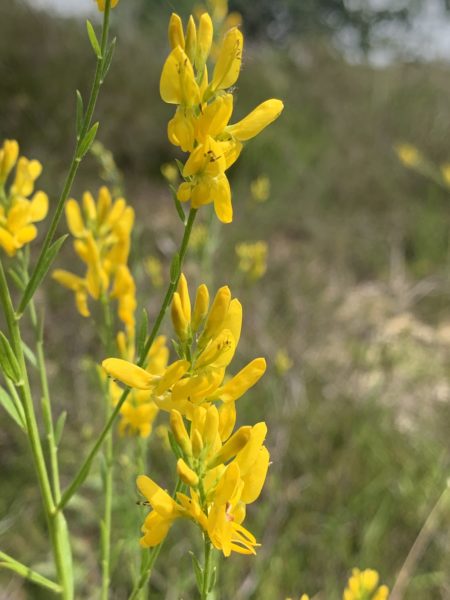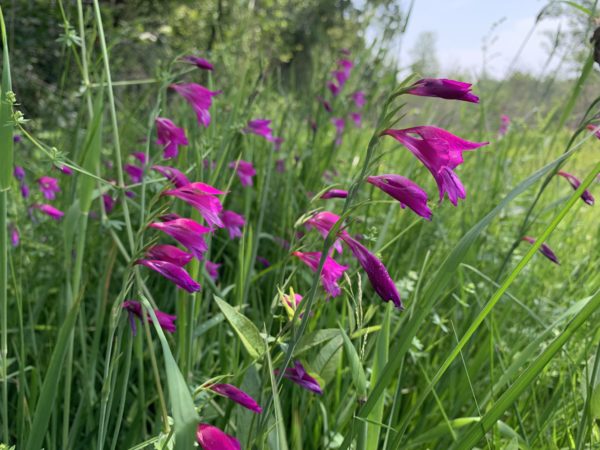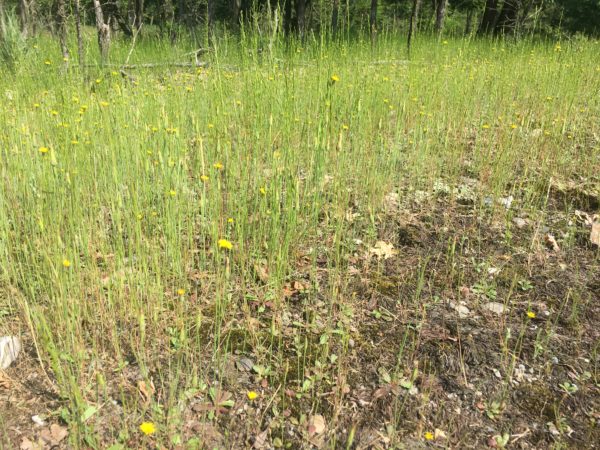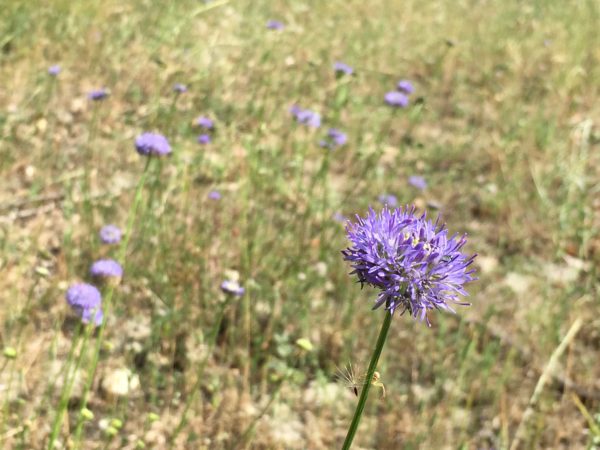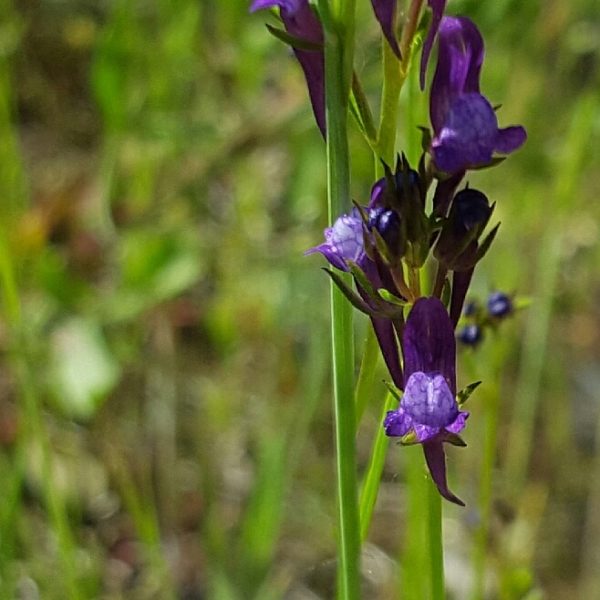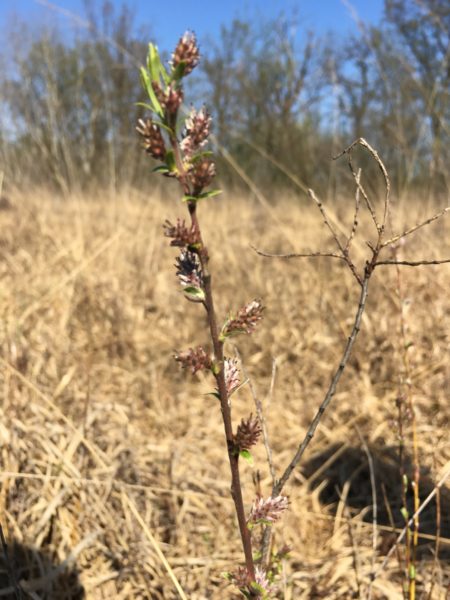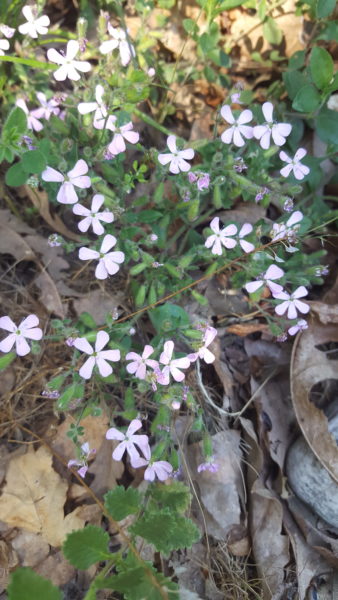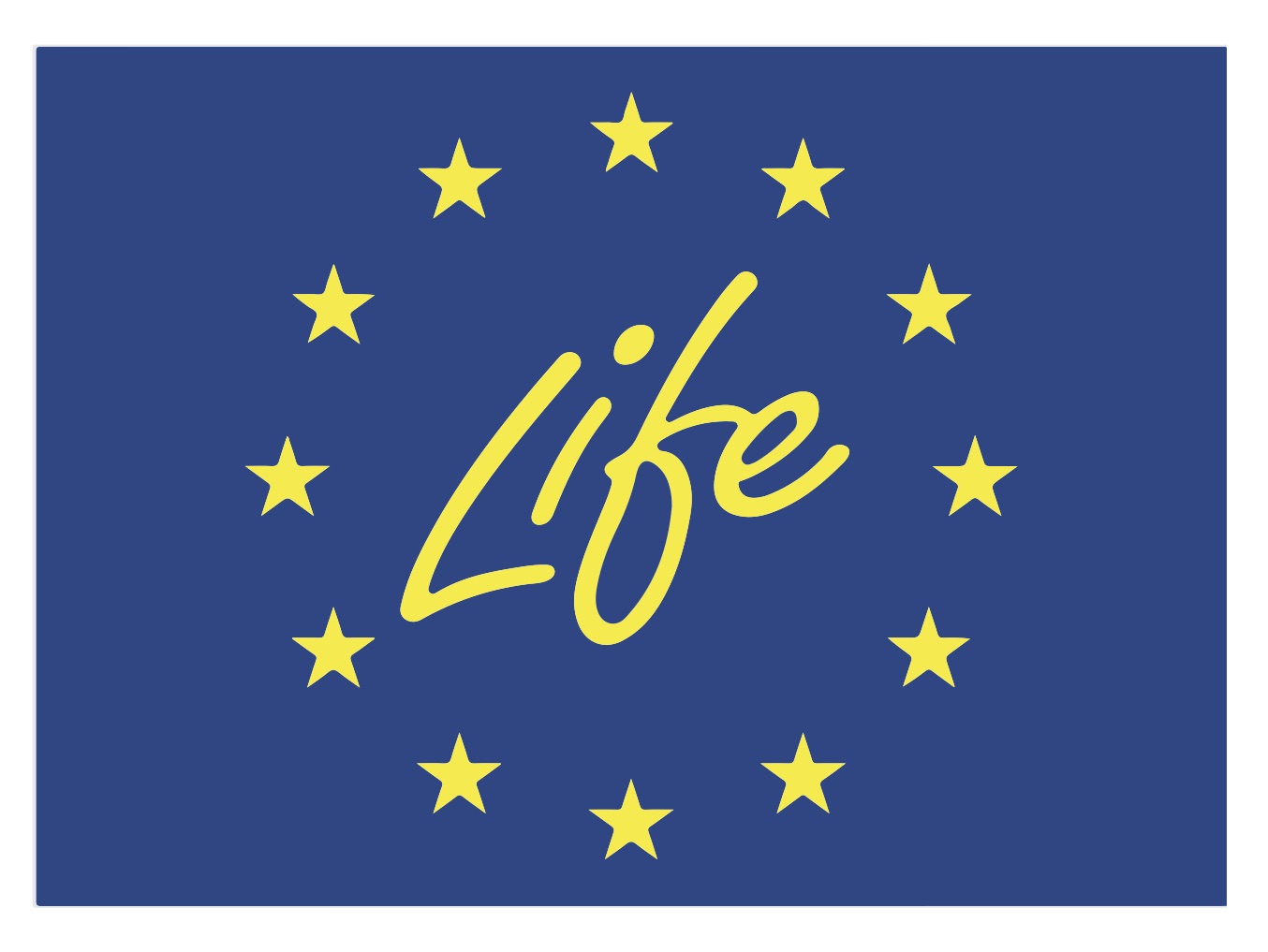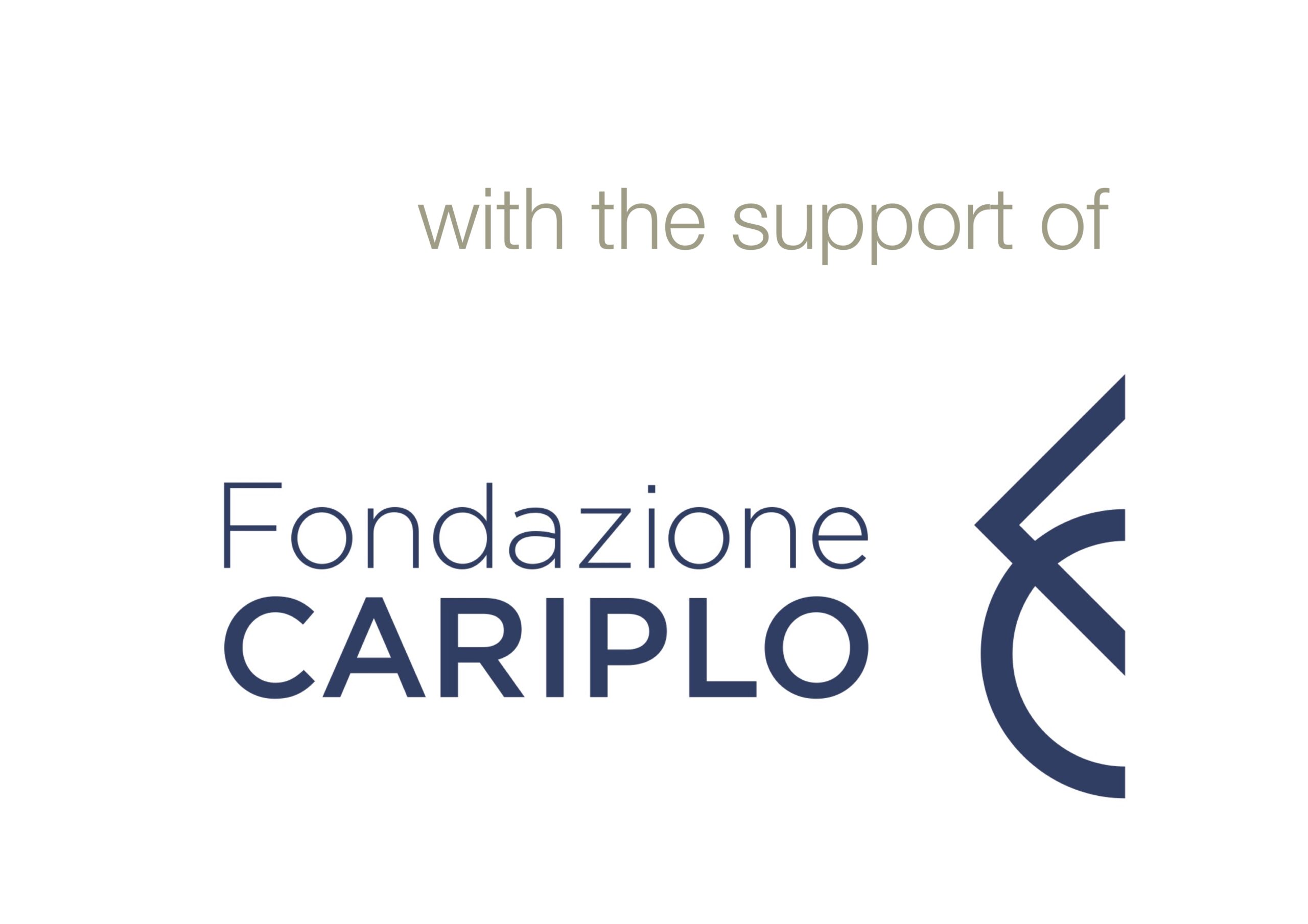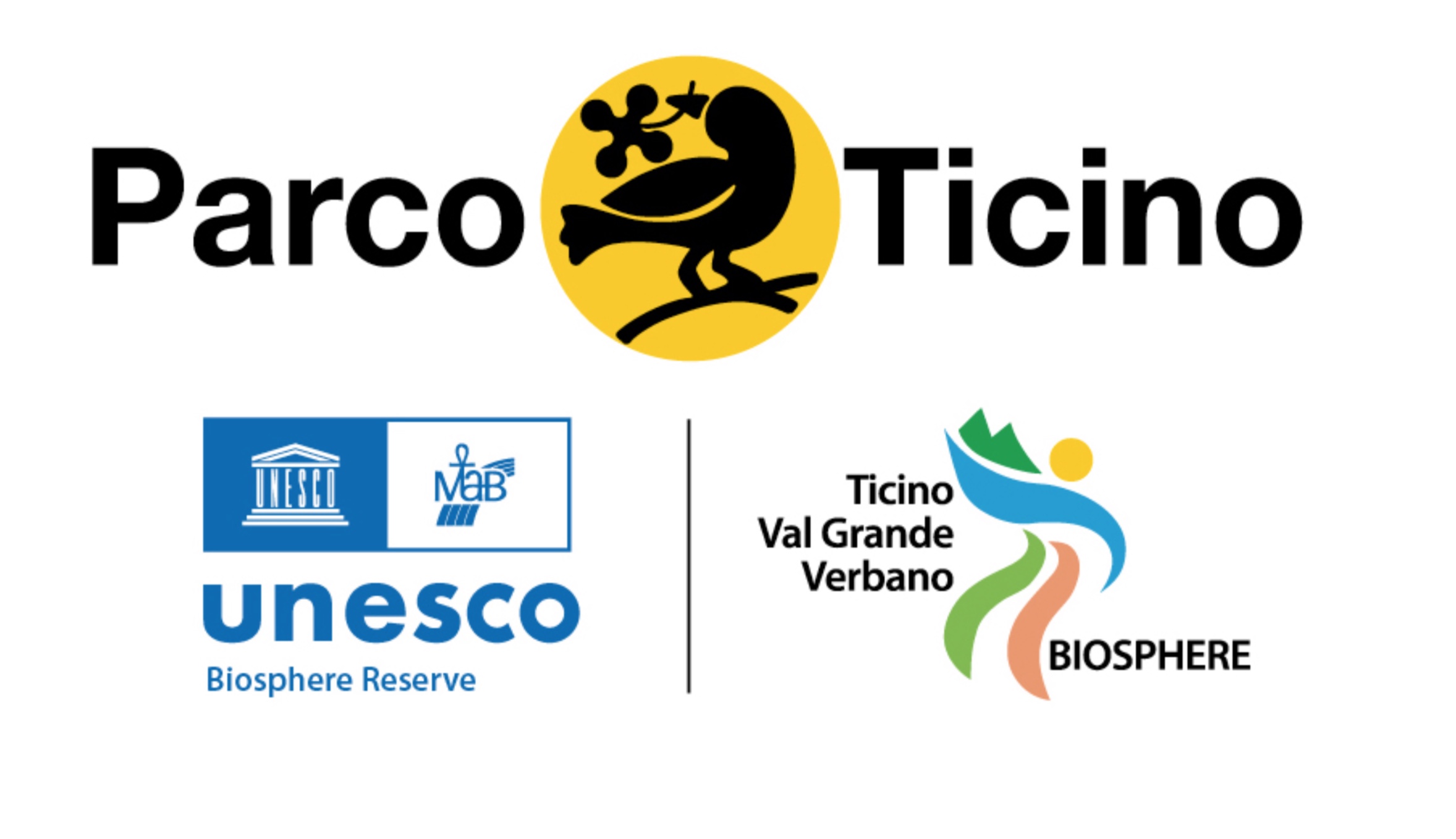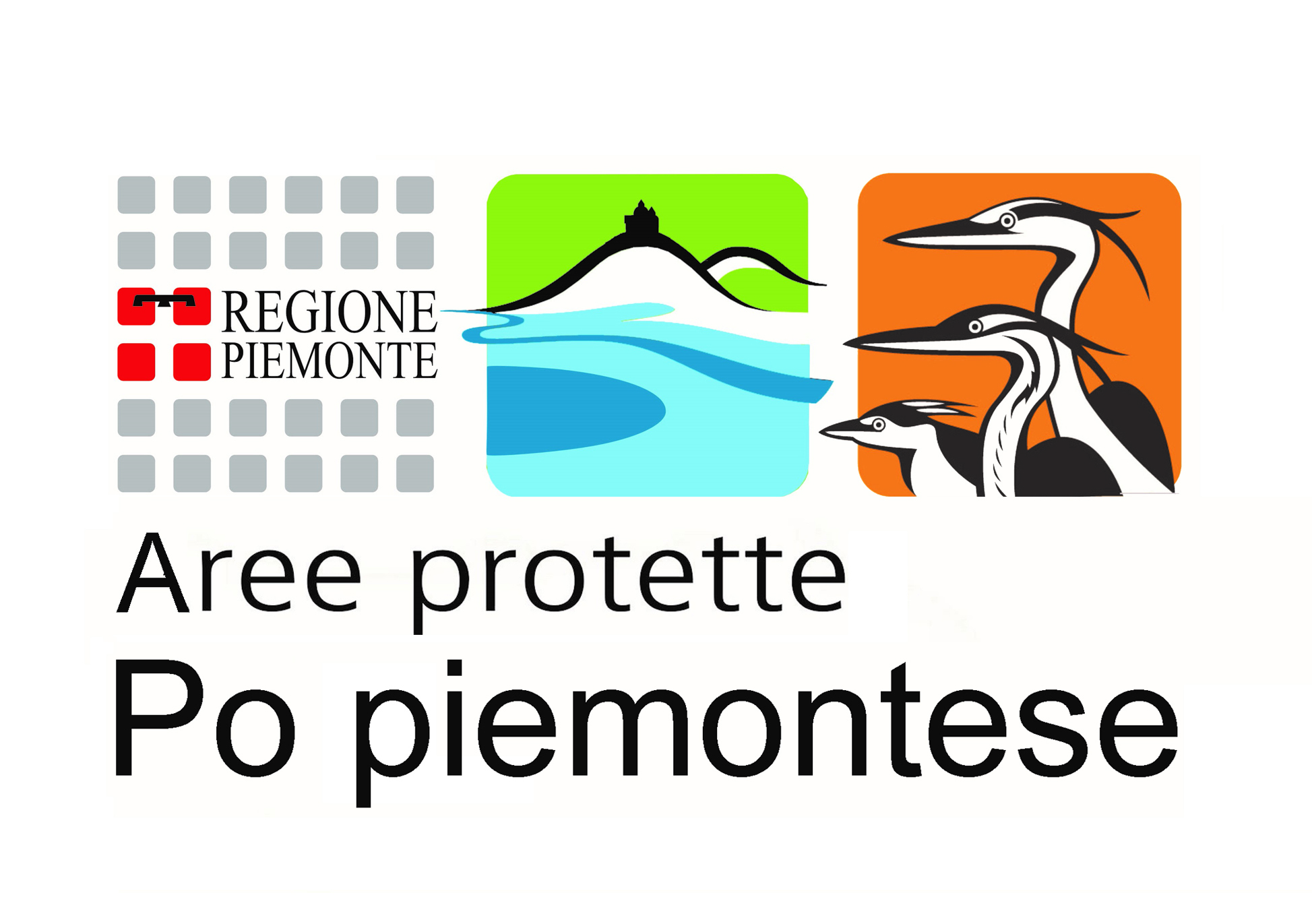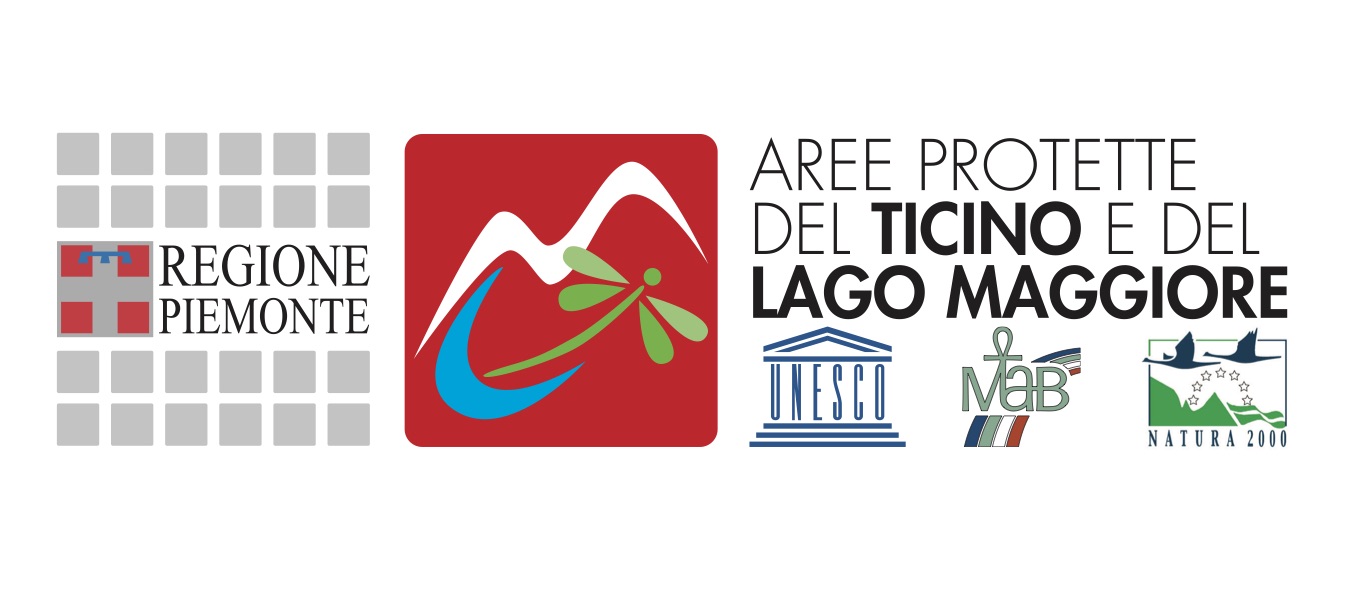VASCULAR PLANTS
Pteridophytes, Gymnosperms, and Angiosperms: words we've probably heard at least once in our lives.
We are collectively referring to tracheophytes: plants characterized by the presence of true tissues and organs. Due to the presence of vessels, they are also called vascular plants.
These are nothing more than ferns, conifers, and flowering plants; groups that do not constitute strict taxonomic categories but help us quickly form an "image" of what they look like (ferns have roots, stems, and leaves; conifers have seeds housed on a strobilus or cone – "pine cone" is not correct!; angiosperms, on the other hand, are true flowering plants with seeds protected by a fruit).
In the following image gallery, you'll find a glimpse of the variety of shapes and colors of some species commonly observed in the project habitats: from the white of Draba verna, which colors dry meadows between March and April, to the yellow of Genista tinctoria and the bright pink of Calluna vulgaris, which paint the heathland in spring and late summer, respectively, to the striking colors ranging from blue, violet, or light blue to pink, red, and purple of Linaria pelisseriana.
Gallery
